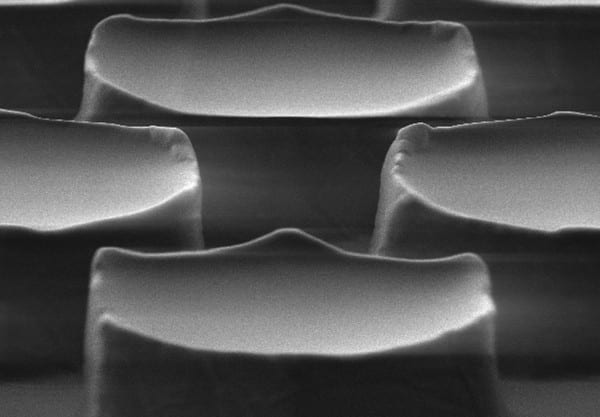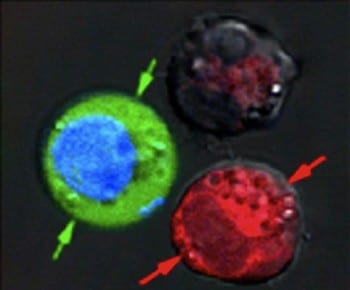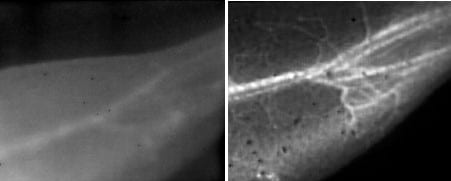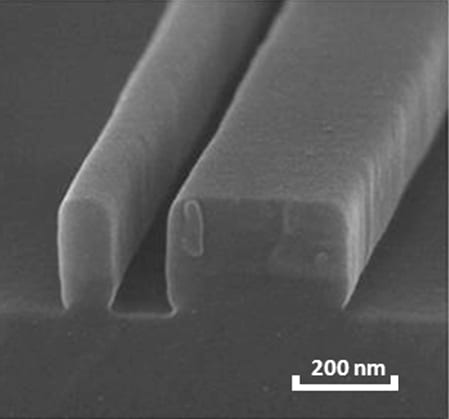Nantero, Inc., the company pioneering the use of nanotubes in new semiconductor devices, has announced the closing of an over $10 million financing round.

Mimicking the adhesion of the tree frog toe pad
New work demonstrates the interplay between surface patterns and the wetting properties of a fluid for safer locomotion on wet surfaces.

Potential cancer treatment from Rice University
Researchers at Rice University have found a way to kill some diseased cells and treat others in the same sample at the same time.

Carbon nanotubes and lasers help to visualize blood flow
New fluorescence imaging technique allows researchers to view pulsing blood vessels of living animals with unprecedented clarity.
Nanoparticles combined with antibodies to combat cancer
Silicon nanoparticles functionalised with antibodies have been shown to efficiently kill cancer cells in vitro.

Laser Welding Replaces Threaded Connection in the Automotive Industry
Every kilo shedded counts: Laser welding puts the automotive industry “on a diet”.

85 years of steel research going online
Key 20th century research on fundamentals of steel to be digitised, uploaded, and indexed for the first time.

Improved materials for all-optical signal processing
Alex Jen and co-workers publish work describing a new series of anionic polymethine dyes, designed for application in improved guest-host materials.
Persimmon Technologies Awarded NSF Grant
Persimmon Technologies awarded NSF Small Business Innovation Research (SBIR) grant to develop soft magnetic material and fabrication process.
AAAS Recognizes Stanford Professor for Printed and Flexible Materials Work
Professor Zhenan Bao named a Fellow of the American Association for the Advancement of Science (AAAS).










